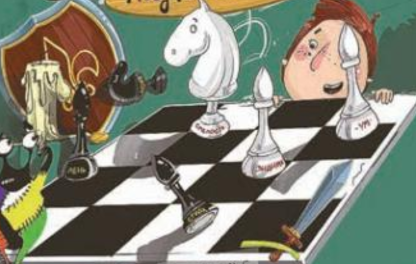Being ‘cornered’
5th Grade Math (Greek educational system)
|
|
Materials for the lesson1 meter long pieces of string. Notepads and pencils. A chronometer. |
Layout of classroomThe class can make use of the classroom as well as the corridors and/or the school yard.If the class opts for the classroom then desks and chairs are moved to one side. |
|
1st PhaseStudents form groups of 3. Two students hold a piece of string each. The third student within the group holds the notepad and takes notes. A corner is formed when the one end of the string in the hands of a student meets one end of the string of his/her classmate in the group. Strings have to be held in a straight form when ‘measuring a corner.These groups of students are asked to move around the school building (classroom, corridors, yard etc) and spot 3 corners from each category of corners, right angle (90 degrees), acute angle (less than 90 degrees) and obtuse angle corners (more than 90 degrees).This game has an agreed duration. Teacher holds the chronometer and ‘rings the bell’ when time is up. |
|
2nd PhaseWhen time is up students return to class and report. Groups that identified 3X3=9 corners ‘pass’. The ones who did not complete the task or made mistakes are ‘cornered’ by those who ‘won’. This means that they ‘lose’ their group and form new groups with the winners.The corner-spotting game can have one or more rounds. Corners that have been already spotted cannot be spotted again in the game. |
|
3rd PhaseWith the process of elimination we end up having 3-4 groups of students, each comprising of 9-12 students.Within each enlarged group those students who have had strings from the beginning put them together and form polygons. The team with the ‘biggest polygon’ that is the one with the most angles, ‘wins’.Key words/phrases: Right, acute and obtuse angle corners, triangle, square, rectangle, polygons. |


 SmartOWL
SmartOWL